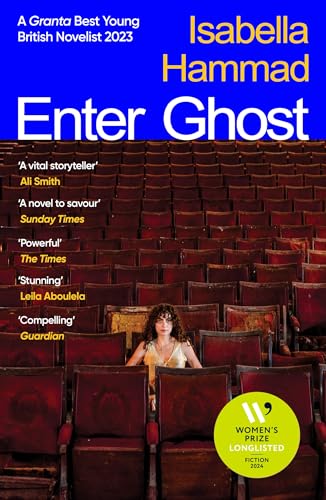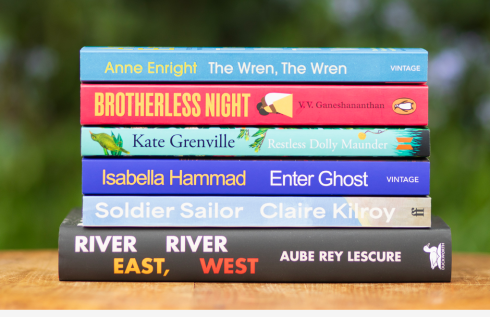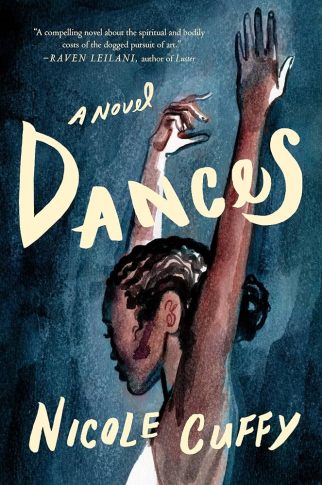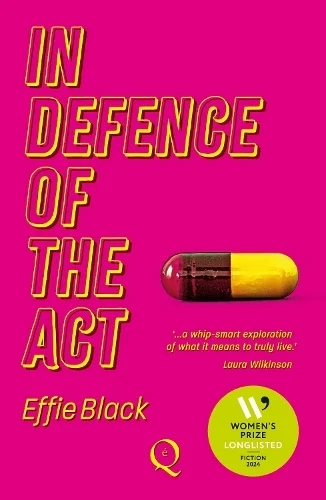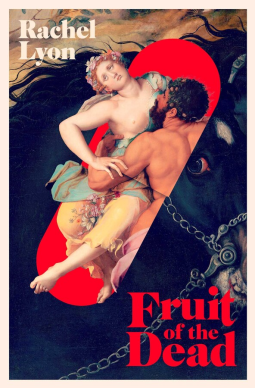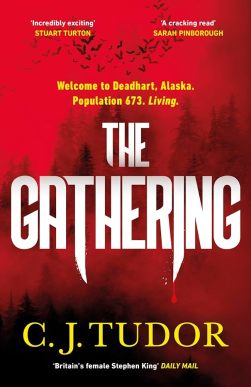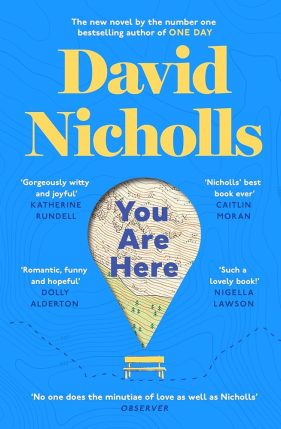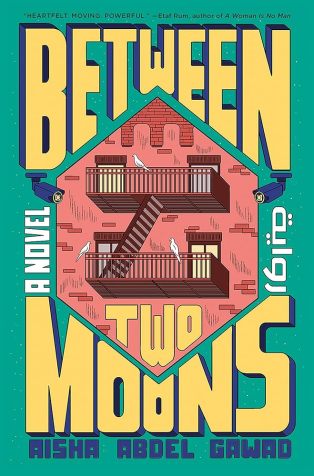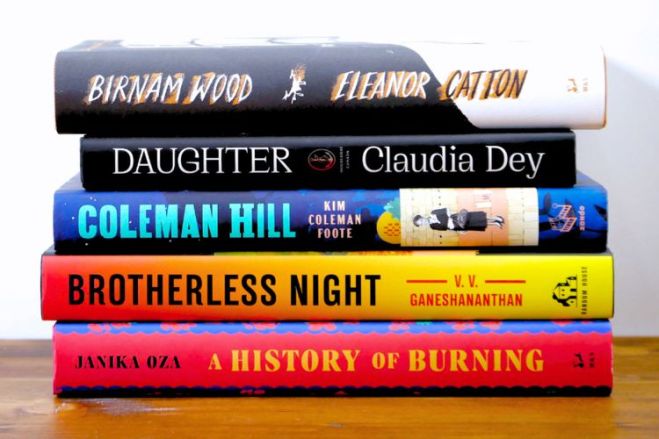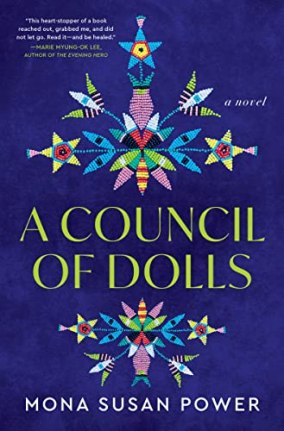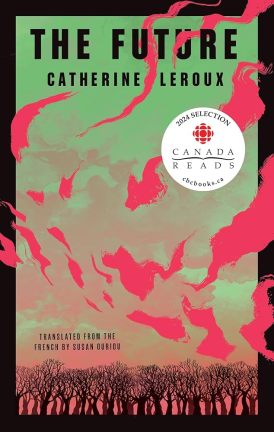The Best Book I Read This Month Was…
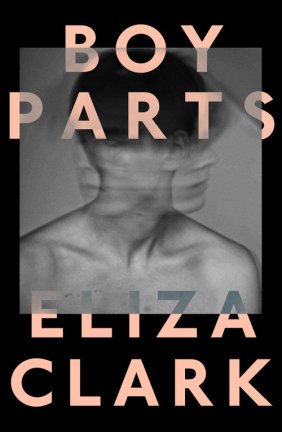
… Boy Parts by Eliza Clark. This debut Tiktok hit is about a woman in her late twenties, Irina, who roams the streets of Newcastle picking up men to photograph in various compromising, barely-consensual situations, including bondage and fetish. I have a very low tolerance for disaster women novels, and I also dislike grotesque fiction along the lines of Ottessa Moshfegh’s Eileen, disgusting to no purpose via its detailed descriptions of bodily functions. HOWEVER, Boy Parts is actually great! How? Basically, it’s totally because of Irina. Irina is the antidote to disaster women. She embraces her disaster. She brings disaster to others. Her delicious callousness is just hilarious, and so refreshing after reading a long string of stories about female victims. She’s both terrifying – the image of her hunting down her prey gave me flashbacks to Michel Faber’s Under The Skin – and weirdly endearing. In one particularly funny scene in a taxi, fangirl-Irina wrecks cool-Irina’s game by revealing just how much she knows about Lord of the Rings, a joke that keeps coming back throughout the book: advising her friend Flo to dump her boyfriend, who is trying to convince Flo that Irina is bad news, Irina texts: ‘Just don’t let him like grima wormtongue you’. For me, not quite as good as Penance, basically because of its narrower scope, but still unforgettable. My full review is on Goodreads.
The Other Best Book I Read This Month Was…
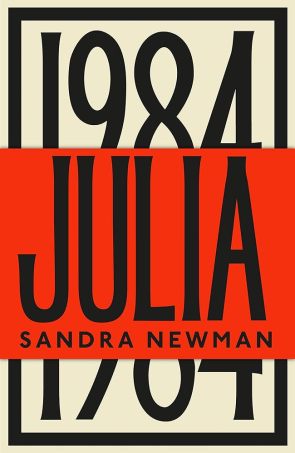
… Julia by Sandra Newman. I hate dystopian fiction almost as much as I hate disaster women, so here’s another book that surprised me! Much of George Orwell’s work is now in the public domain in the UK, and so I guess this Julia’s-point-of-view-on-1984 story was inevitable. I’m glad that it was Newman who tackled it. I am very, very suspicious of faux-feminist premises that promise ‘a female perspective’ on a classic story – see my frustration with the multiple recent Greek mythology retellings. However, although I found Newman’s The Men bizarre and disjointed, I was impressed by its originality, and so I hoped Newman wouldn’t fall into usual dystopian tropes. Turns out, this was brilliant! It’s hard to argue that it completely stands on its own two feet – it’s so deeply steeped in the lore of 1984 – but as a fanfic, beautifully integrated into the gaps and inconsistencies of the original canon, Julia‘s terrific, and as a dystopian protagonist, Julia is enormously refreshing. My full review is on Goodreads. I borrowed this book from my local library #LoveYourLibrary
The Worst Book I Read This Month Was…
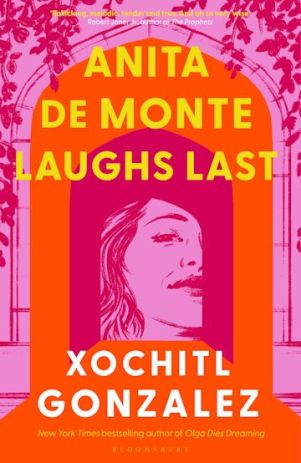
… Anita de Monte Laughs Last by Xochitl Gonzalez. This has been a very strong reading month and so I’m sorry, in a way, this has ended up here, but of the books I actually finished this month (I don’t think it’s right to put DNF books like Loot and The Hunter in this slot), this was probably the weakest. I did enjoy Raquel’s sections, but found Anita’s story tropey, overwritten and ultimately ill-considered in its very close connection to the real life and death of Ana Mendieta. My full review is here.
My Best (Children’s Fiction) Reread This Month Was…
L: the version I read as a child. R: the e-book reissue that I read this time around.
… Grinny by Nicholas Fisk. If anybody else had the misfortune to read this as a child, they will know it is literally one of the most terrifying books in existence. Eleven-year-old Timothy and his seven-year-old sister Beth are increasingly disturbed by the behaviour of their Great-Aunt Emma, nicknamed Grinny, who comes to stay out of the blue one day, and who has never been mentioned by their family before. Grinny has no smell; is resistant to injury; does not seem to understand normal human cues; but is terrified of electricity. What the hell can she be? Fisk cleverly tells this story through Timothy’s diary entries, which adds a real sense of creeping menace, as the walls close in and the children realise that they are the only ones who know the truth. I loved how capable and smart Fisk makes his very young protagonists, especially Beth, who has to deal with her brother’s misogynistic scorn but ultimately saves the human race. The sequel, You Remember Me! (included in this omnibus edition), is not as good but has to take some credit for featuring a climatic scene that has haunted me to this day. At least we can all THANK GOD that the modern cover is not as ungodly creepy as the original that I read – though anybody who innocently picks up this one is in for a shock!
My Best (Adult Fiction) Reread This Month Was…
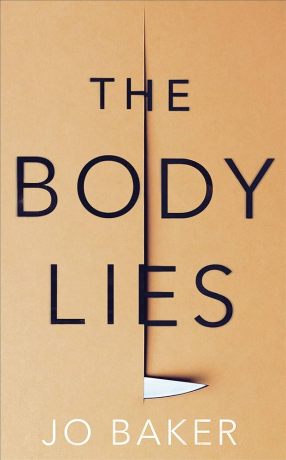
… The Body Lies by Jo Baker. I first read this metafictional take on the kind of novel that starts with a dead woman back in 2019, when I thought it was ‘smart and creepy’. It’s interesting to reread it five years later, when these conversations about male violence and fictional representation have notionally moved on – and yet in many ways, they haven’t. Baker’s book is probably the best thing I’ve ever read on this trope, as she uses her unnamed protagonist, a lecturer in creative writing, to explore how female victims are encoded into the very structure of the stories that we tell. And yet, despite this theoretically literary material, The Body Lies is actually a beautifully grounded novel, wonderful on the simple rhythms of the protagonist’s life in the rural north, her relationship with her three-year-old son Sammy and the dynamics of the MA group she teaches. For my money, still easily Baker’s best book, and it also reads nicely alongside Boy Parts.
The Best Classic SF Novel I Read This Month Was…

… Earthlight by Arthur C. Clarke. I loved Clarke’s children’s novel Islands in the Sky about life on a space station when I was a child, and still love it as an adult; I must have read it about twenty times. I’ve always wanted to explore Clarke’s adult work, but hit a few dead ends; Childhood’s End was just too weird for me, though I wrote an academic article where it features! At last, I’ve hit gold; Earthlight is basically Islands in the Sky for grown-ups. Clarke imagines a future where humanity has colonised a number of planets in the solar system, but is now running short of crucial resources, which leads to tensions between Earth and ‘the Federation’ of other home-worlds. This short novel, set on the Moon, follows an agent sent to find a spy who’s passing crucial scientific information to the Federation. As with Islands in the Sky, Earthlight is short on character growth but long on imaginative incident. Clarke’s clarity is still unmatched for me, creating a fully convincing lunar world without ever getting bogged down in detail. I also love how practical his characters are in the face of danger: whether they’re trying to drive a crawler out of a dustbowl or hyperventilating oxygen so they can escape an ailing spaceship without suits, they could never be accused of getting emotional about it. Finally, it’s fascinating to witness this mix of accurate prediction and period detail play out: Clarke basically imagined geostationary communications satellites into being, but on his futuristic Moon, people still use computers with punch-cards, send telefaxes, and there’s of course no internet. Another novel that just does what it says on the tin, and I enjoyed it immensely.
The Best Modern SF Novel I Read This Month Was…
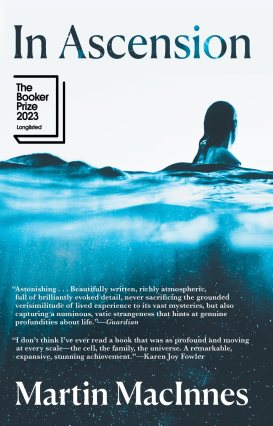
… In Ascension by Martin MacInnes. Written in a deliberately detached style, this follows Dutch microbiologist Leigh, who first encounters an anomaly in the Atlantic when working on a research ship, and who is then drawn into a wider project via her research on edible algae that may take her to the stars and beyond. For much of this book, I found it a gripping and, like Earthlight, engagingly practical piece of science fiction, but missed the deep character work of similar speculative novels (there’s a reason I keep writing Leah instead of Leigh in this review) like Julia Armfield’s Our Wives Under The Sea. But while Armfield’s novel was really an exploration of grief, this review has convinced me that MacInnes is doing something rather different here: I like the idea that In Ascension deliberately places human experiences alongside other biological scales, and in doing so, captures ‘the environmental uncanny’. I also think there’s a reading of this novel that thinks about its detachment through the lens of Leigh’s childhood trauma. In Ascension is about the connectedness of all living things, but also about how disconnected we can become from the people physically and genetically closest to us. Leigh’s father beat her throughout her childhood, and her mother let it happen. Her sister Helena, who once stood so near to her that their breath mingled as one, now denies that Leigh was ever abused. Other reviewers have seen this novel as offering an apologetic for abusers, but I don’t think it’s doing that at all; Leigh’s perspective is distorted as she tries to rationalise what happened to her, but we get a glimpse of her resistance to the family narrative through Helena’s chapters, and it’s also just factually true that she has deliberately limited contact with her family through her all-encompassing choice of work. The publisher’s blurb presents this novel as a choice between human connection and journeying into the cosmos, but that’s not true: in fact, it’s only by leaving the earth that Leigh can find the links to other living things that she craves. Eerie and haunting.
What stood out to you this month? Are you tempted (or turned off) by any of these?







